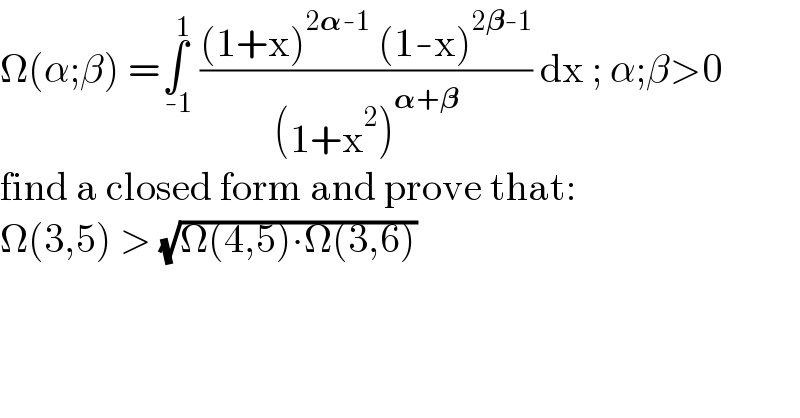
Question and Answers Forum
Question Number 162062 by HongKing last updated on 25/Dec/21

Answered by mindispower last updated on 27/Dec/21

Commented byHongKing last updated on 28/Dec/21

Commented bymindispower last updated on 29/Dec/21

| ||
Question and Answers Forum | ||
Question Number 162062 by HongKing last updated on 25/Dec/21 | ||
 | ||
Answered by mindispower last updated on 27/Dec/21 | ||
 | ||
| ||
Commented byHongKing last updated on 28/Dec/21 | ||
 | ||
Commented bymindispower last updated on 29/Dec/21 | ||
 | ||